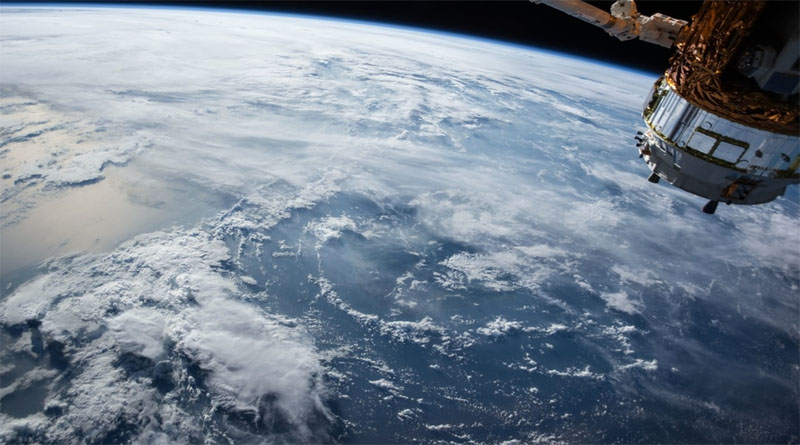WHY INTERFAITH HARMONY IS ESSENTIAL FOR SAFEGUARDING THE FUTURE OF OUR PLANET
The Arlington Institute, which markets itself by its tagline and matching logo of World’s Biggest Problems, insists that the most serious threats facing us as Earth-inhabitants are climate change, peak oil, water crisis, species extinction and economic collapse. In other words, we’ve already tipped the scales by producing more people than we can house, feed, or otherwise support. All of these problems, and many others, are caused by there being too many of us, and not enough resources. We can make individual changes, but we know that it counts for very little if nobody else jumps on-board.
Interfaith movements have already achieved a desirable feat: populations which have, at times in the past, been subject to segregation on the grounds of their faiths, have overcome such divisions for a greater good. Communities in which people do not ignore or put out of mind their differences for the sake of friendship, but in fact embrace them, and learn from them, are becoming increasingly concerned with environmental issues. This open-mindedness and move towards a common goal sounds simple in theory, but is so often complicated by differing opinions and approaches. As they say, too many cooks. By not allowing differences to corrupt a more important matter, interfaith communities make considerable progress that many other parties could learn much from. The level platform achieved by such groups is one of mutual respect, and is the essential first step in addressing serious matters. After all, climate change, disease and water shortage do not discriminate; nor should the people trying to solve it all.
Interfaith groups around the world are united in similar missions. A society where there is understanding of the diversity and richness of the faith communities… and where we live and work together with mutual respect and shared commitment to the common good, is how the UK Interfaith Group identifies their vision. Greenfaith sums up its vision as Spirit, Stewardship and Justice in their work towards revitalised community and environment. In recent years, special branches of interfaith groups have been concentrating their positivity on the wellness of the planet, and by doing so, have been working towards remedying two different issues we all face together.
Essentially combining the principles and practices of a house of worship and an environmental organisation, green interfaith organisations bring together the people, places and teachings of all faiths to communicate the common issue of our suffering planet. Offering meetings, conferences, activities and missions for everybody to take part in, they use a variety of ways to explore and act upon the ways in which they can take action, through such events as fundraisers, awareness campaigns, trips and pledges. Greenfaith’s sweet and simple pledge to “make my life a blessing for the Earth” emphasises the purity of the green interfaith movement’s goal.
There are many good reasons to participate in such a group. To make new friends, to dedicate yourself to a cause, to learn about other cultures, or to address local eco-justice issues. But if none of these are enough to interest somebody, the importance of the common goal should be. We are all only human, and we all have only this planet to make our home, so let us come together, as parishioners might do in a small village, to ensure every voice is heard, and every contribution is counted. As Green Interfaith Network Inc. advises, the only entry requirement to such an organisation is “a spiritual connection with the Earth”, and everybody can find theirs if they try.
In practical terms exactly how can we combine religious methods and those of an environmental organisation and increase our spiritual connection with the earth? To quote from His Holiness the Dalai Lama; “Among the many forms in which the human spirit has tried to express its innermost yearnings and perceptions, music is perhaps the most universal. It symbolizes the yearnings for harmony, with oneself and with others, with nature and with the spiritual and sacred within us and around us”. So in practical terms, when we become more at peace with ourselves using music, meditation, or simply a walk in beautiful countryside we are more in harmony with each other and our planet. Our desire to consume is reduced as we become harmonious with ourselves and everything around us. As a result our compassion for each other and our planet is increased.
 About the Author
About the Author
Michael Vakil Kenton is a commentator on interfaith, global peace and harmony and the founder of Sacred Music Radio. For more details or to listen live visit http://www.sacredmusicradio.org

